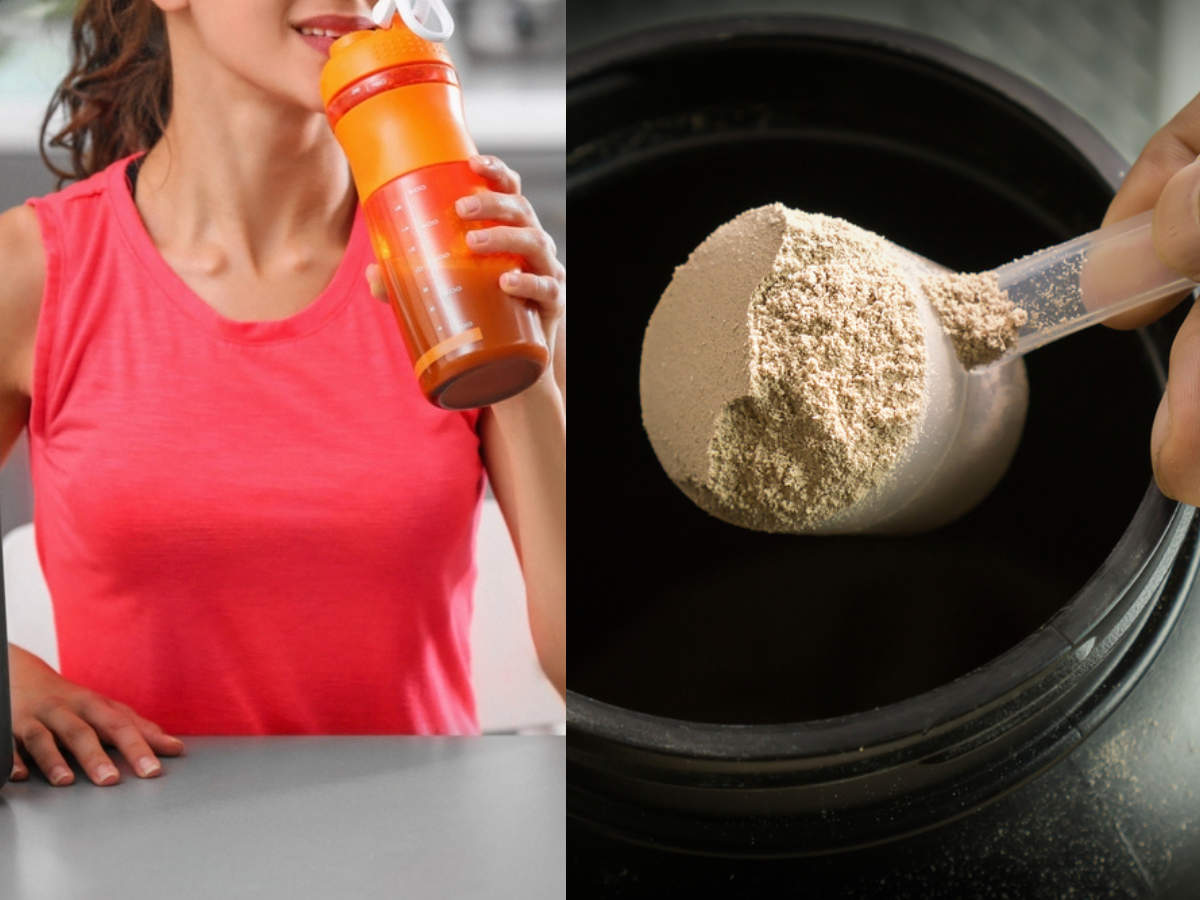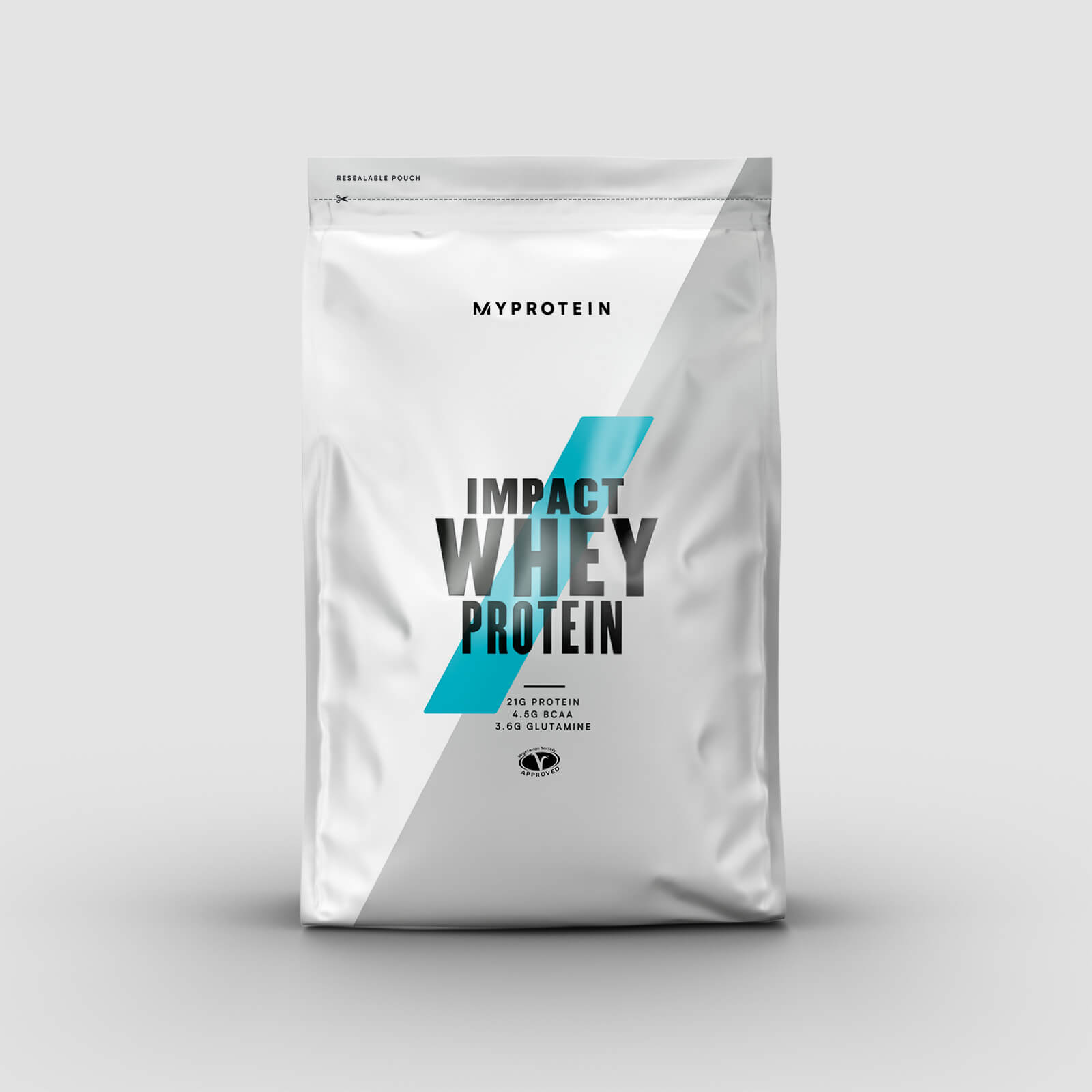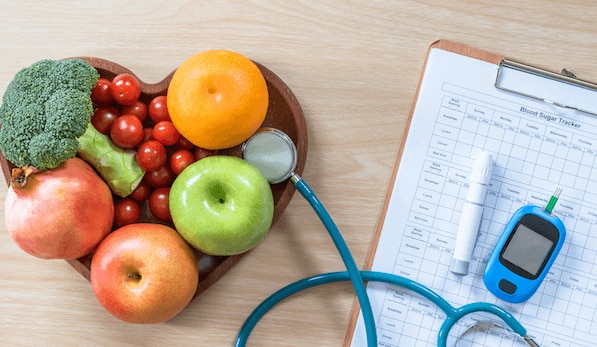 Creatine is undoubtedly one of the most popular sports nutrition supplements on the market today. Extensive research has been done into the science behind how the supplement benefits those striving to increase muscle mass and improve athletic performance, yet for all that we know about creatine, the supplement is widely misunderstood.
Creatine is undoubtedly one of the most popular sports nutrition supplements on the market today. Extensive research has been done into the science behind how the supplement benefits those striving to increase muscle mass and improve athletic performance, yet for all that we know about creatine, the supplement is widely misunderstood.
There are many myths and rumours circulating about creatine usage that may lead some who are new to the world of sports nutrition supplements to feel hesitant about trying it. Read on to get to the bottom of the controversy regarding the use of creatine and get the truth about the side effects of creatine.
WHAT DOES IT DO?
When you move a muscle, a chemical reaction must take place in order for the tissue to contract and do what you want it to do. During this reaction, adenosine triphosphate or ATP must give off a phosphate group. The portion of the ATP left behind becomes adenosine diphosphate or ADP. When you need to use ATP to produce energy, your body borrows phosphate from creatine to convert ADP back into ATP.
As you workout, stores of creatine can become rapidly depleted, reducing your body's ability to produce energy. This leads to fatigue and can impede the development of muscle mass. Taking creatine supplements gives you a surplus of creatine in your muscle tissue, so that you have some in reserve to use for energy production during workouts.
THE 6 BIGGEST MISCONCEPTIONS ABOUT CREATINE SIDE EFFECTS
cREATINE IS HARMFUL TO THE KIDNEYS AND LIVER
Every so often, you'll see stories online about creatine supplements leaving people hospitalised due to kidney and liver damage, and this has led to fears that ongoing use of creatine is hazardous to overall health.
A review of scientific studies into the benefits of creatine have not shown any link between taking creatine supplements and kidney and liver problems.
Part of the reason for the confusion regarding the effects of creatine on the liver and kidneys is due to the fact that routine blood work includes a creatinine test that is used to detect kidney problems. People who are suffering from kidney failure or kidney disease will often have difficulties clearing creatinine and will have high levels of this substance present in their bodies.
When you're taking a creatine supplement, it's possible for the creatinine levels in your body to increase, but not because your kidneys aren't working. It's simply due to the fact that you're increasing the amount with a supplement. Physicians will tell you that the increase in creatinine is not an indicator of kidney damage in people who are taking creatine; it's just a harmless side effect.
CREATINE CAUSES STOMACH PROBLEMS
When you do some research into the side effects of creatine, you're likely to read that creatine can cause stomach discomfort like bellyaches and nausea. This has led to a false belief that creatine is harmful to the stomach.
In actuality, only about 5 to 7 % of creatine users will experience any kind of gastric distress due to taking the supplements. Those who do are usually taking too much creatine or are taking the supplement on an empty stomach.
The side effect is not an indication that the stomach is being harmed, as no studies have ever found a link between creatine use and damage to the digestive system.
For most people, lowering the dose of creatine or taking the supplement on a full stomach will put an end to digestive issues; however, there are micronised creatine supplements on the market that are easier to digest for those who continue to have stomach problems.
CREATINE PUTS YOU AT RISK FOR CRAMPS AND DEHYDRATION
You'll often hear people say that they're afraid to take creatine because they heard that it leads to muscle cramping and causes the body to become dehydrated faster.
There is a myth surrounding creatine use that it's not safe to use the supplement in areas where the weather is hot and humid; however, studies have actually found the opposite.
Research indicates that creatine can actually improve endurance when working out in harsh conditions. This is because creatine seems to cause the body to retain more water, leading to increases in hydration levels that ward off dehydration during periods of intense sweating.
Studies have also shown that creatine may help the body better regulate its internal temperature during exercise in hot, humid conditions. No study has ever found a link between creatine and muscle cramping.
CREATINE CAN DANGEROUSLY INCREASE MUSCLE PRESSURE
Another myth surrounding creatine usage is that it raises the risk for a condition called compartment syndrome. This condition is marked by abnormally high levels of pressure in the muscle tissue. Usually, compartment syndrome is caused by an injury that inhibits proper circulation to the affected muscle.
Unlike some of the other myths about creatine side effects, this one does come from a scientific study, but when you take a close look at the facts surrounding it, it becomes clear that you cannot conclude that creatine causes compartment syndrome.
The study in question involved just one person, a man who was taking 5 times the usual dose of creatine for a full year. The study does not provide any information about how the bodybuilder was training and if he was on any other supplements. As a result, there is no way to know if creatine actually caused compartment syndrome.
Since the 2000 study, a number of other studies have been done to try and establish a link between creatine use and compartment syndrome. While some did find that high doses of creatine supplements increased muscle pressure, none found that creatine supplementation caused unsafe pressure increases or concluded that creatine was a cause of the condition.
Athletes and fitness enthusiasts who take creatine at the recommended dose are unlikely to experience any type of increase in muscle pressure at all.
CREATINE MAKES YOU GAIN WEIGHT AS BODY FAT.
 This may be the myth that makes people most afraid to try creatine - some people say that everyone who takes a creatine supplement gains weight.
This may be the myth that makes people most afraid to try creatine - some people say that everyone who takes a creatine supplement gains weight.
Unlike the other rumours and myths, there is a grain of truth to this one.
People who load creatine or take a large amount of the supplement when they first start to use it may see a .8 to 2.9 percent increase in their body weight; however, this isn't because of body fat. The sudden increase in weight is due to the fact that creatine increases water retention. After a few days, water levels typically return to normal and the water weight disappears. People who start and stay with a low dose creatine regimen will likely not experience this temporary water weight gain.
With regular use over time, creatine can cause an increase in body weight, but that's because it helps to stimulate muscle cell production. If you're not following a weight loss program and are simply working out to gain muscle, taking a creatine supplement can lead to a gradual increase in weight as your body develops more lean muscle mass.
For those who are restricting calories to lose weight, working out and taking creatine, it's unlikely that weight gain will be noticeable even as muscle mass increases.
So yes, creatine can cause your body weight to increase, but it doesn't cause you to put on more body fat. In actuality, creatine helps to improve body composition by increasing the amount of lean muscle mass.
Creatine supplements can greatly improve your body's ability to produce lean muscle tissue and to replace stored body fat with muscle; however, to get the best possible results from using creatine, you need to choose the right product to fit your diet.
Thank You For your support.













